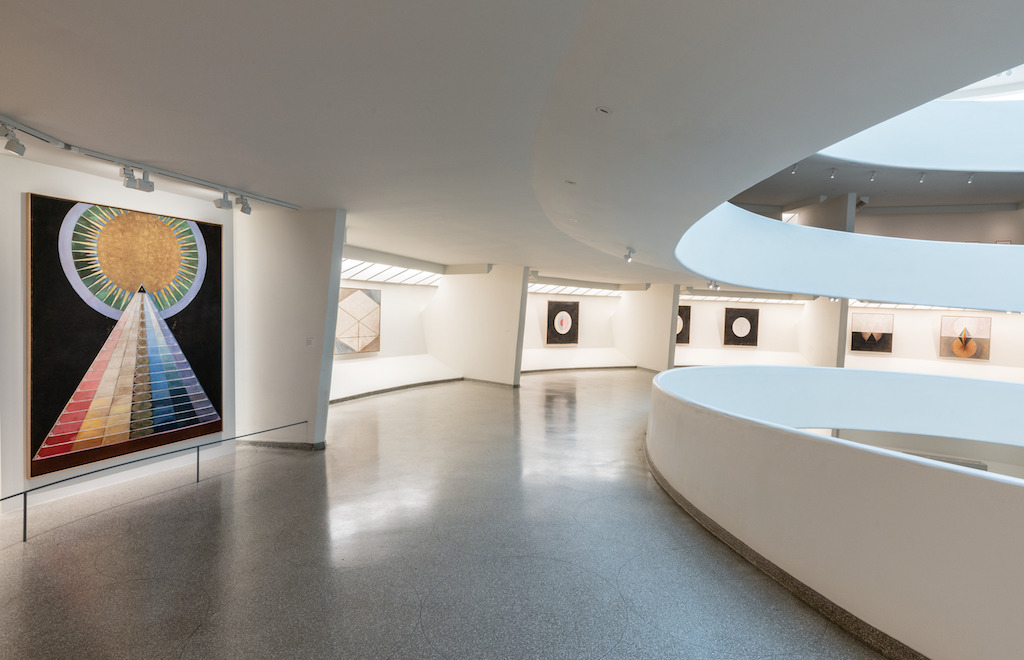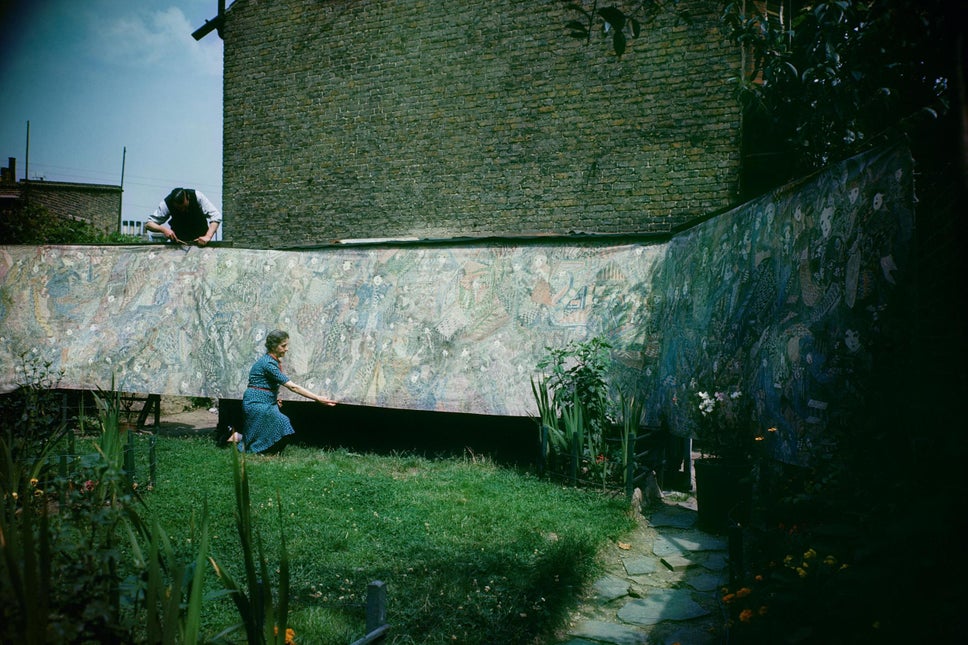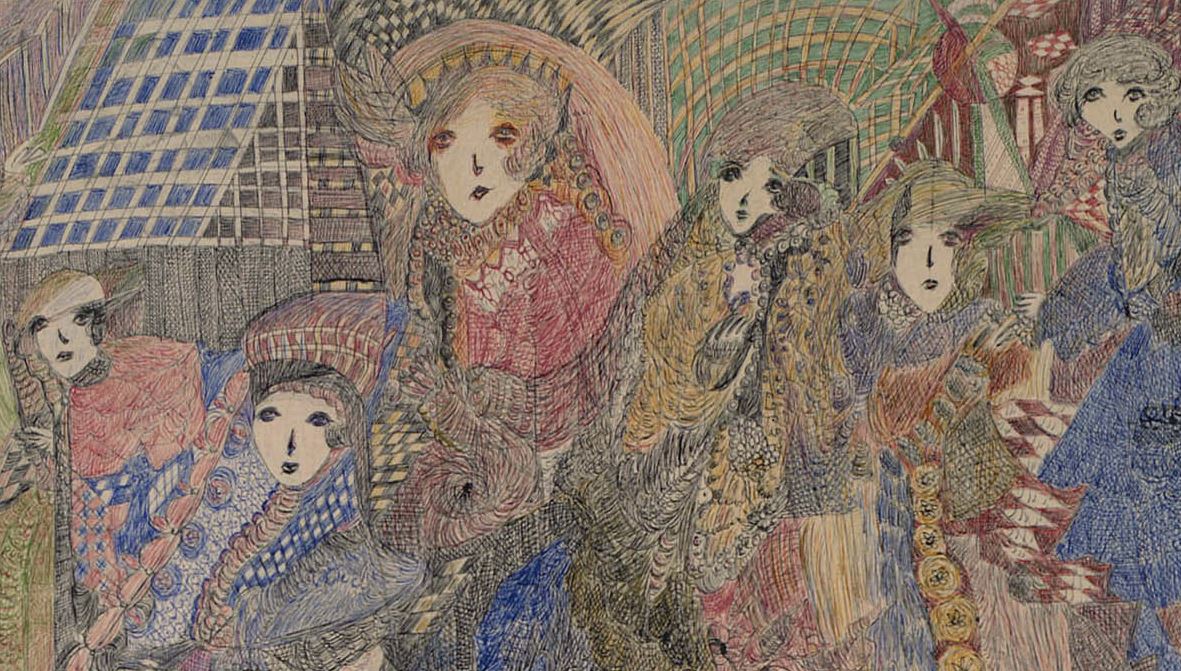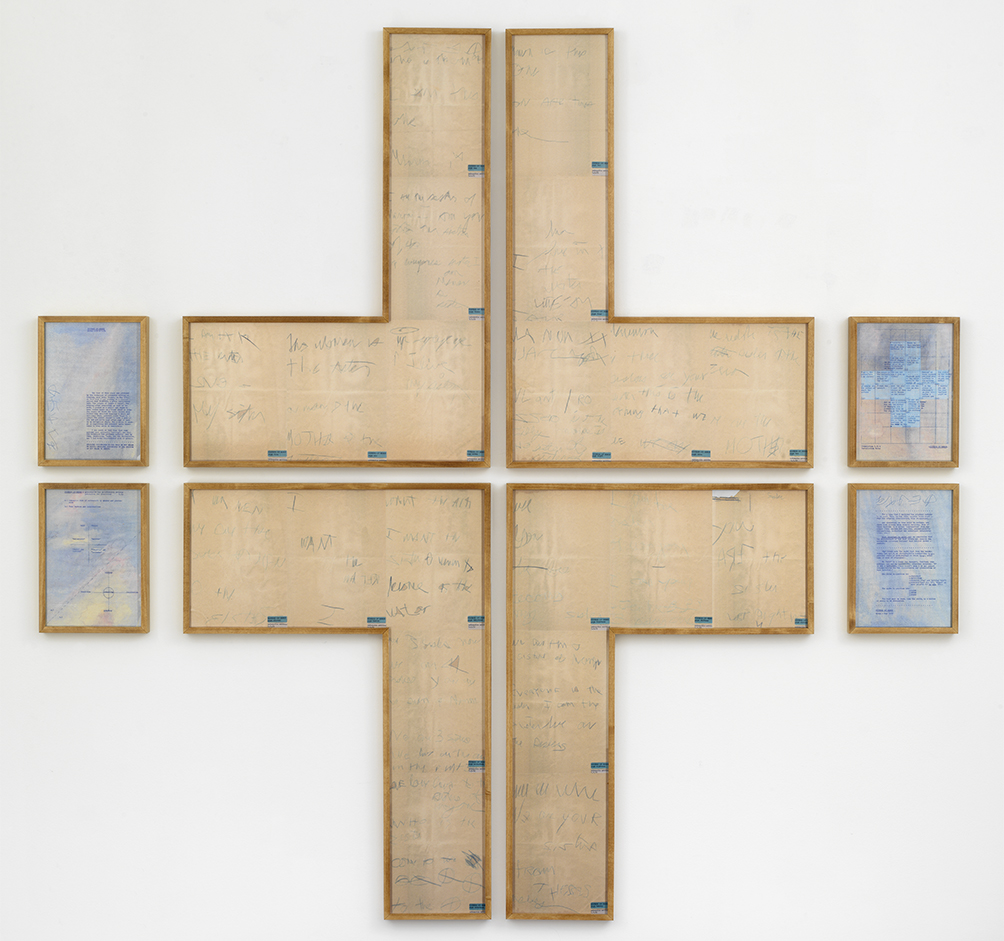The Sixth Sense: A Renaissance
Extrasensory perception (ESP) is the capacity to perceive information that cannot be detected through any of the five ‘conventional’ physical senses. The term describes a spectrum of categories that include -but are not limited to- precognition, clairvoyance, telepathy and mediumship. While compelling research has been carried over the years into various forms of ESP it continues to be dismissed by orthodox science and is relegated to the ghetto of pseudoscience. Yet, throughout the history of visual art and literature there are numerous fascinating examples of individuals who have produced works that they claimed or believed were the direct result of their capacity to harness or access ESP. None of this material can be viewed as evidence that ESP exists but regardless such material is fascinating in a variety of ways.
In the realm of visual art numerous artists who have utilised mediumship in particular as an artistic strategy and recent years have seen a major resurgence of interest in such figures. This particularly evidenced in manifest in the countless exhibitions that have taken place over the past decade that posthumously revisit the oeuvres of artists whose work is alleged to have emerged directly as a result of their extrasensory abilities. To some extent, many artists that might have once been viewed as outré and indeed classified by that problematical term “outsider” are today being entirely revised and embraced. Many of these exhibitions feature works by those who whilst living claimed to be either be in direct communication with an unseen entity who guides them or alternatively the ‘channel’ of an unknown and unseen force.
This is exemplified in the case of the Swedish artist Hilma af Klint (1862-1944) whose predominantly abstract visionary paintings have received widespread attention over the past decade. The extent to which af Klint’s oeuvre has been recuperated is staggering; once an obscure figure her paintings are now instantly recognisable to vast audiences. In the 1890s af Klint participated in spiritualist séances with four female friends. This group — who referred to themselves as ‘The Five’, and later also as ‘The Friday Group’ — were the recipients of messages from entities calling themselves Gregor, Clemens and Amaliel. It was through Amaliel, that af Klint was introduced to a universal visual language of symbolism that formed the foundation for her abstract painting. This spirit guided af Klint throughout the production of the series that came to be known as ‘Paintings for the Temple’.
Although af Klint was acknowledged as significant by a small coterie from as far back as the 90s it was several shows of her work in the early noughties led to her widespread recognition. A major retrospective of Klint’s work at Moderna Museet Stockholm in 2013 toured internationally over two years and was included as part of the Venice Biennial. In October of 2018 the first major exhibition of Hilma af Klint took place in the U.S. at the Guggenheim in New York. The Guggenheim was a perfectly apposite setting for af Klint’s aforementioned ‘Paintings for the Temple’ series. The founder of the museum Solomon Guggenheim and it’s architect Frank Lloyd Wright had originally conceived this building as a “temple of the spirit’ and af Klint had always envisaged that her works would eventually be displayed in a sacred building constructed according in a spiral formation. Interestingly, af Klint seems to have been aware that the general public were not aware of the importance of her work and gave stipulations that her work not be displayed until twenty years after her death.
Another artist who seems to have been aware of the fact that it would take decades before her work was truly appreciated is the Swiss artist Emma Kunz (1892-1963). Comparisons are often drawn between af Klint and Kunz and their works have been shown together frequently in several exhibitions in recent years. One of these recent exhibitions entitled The Medium’s Medium took place at The Gallery of Everything in London (see image) and focused specifically upon the thematics of extra-sensory perception in art. Although Kunz claimed to have become aware of her extrasensory abilities as a child it was as a young adult that she began producing the geometric drawings that she would eventually become synonymous with. Unlike af Klint, Kunz received absolutely no formal art education in her lifetime and the work that she produced was never intended to be viewed within the context of visual art at all. Instead, Kunz viewed her work to be that of a healer and researcher of the word nature. Working primarily with graphite and colour pencils and a pendulum of graph paper Kunz produced large scale drawings from 1938 onwards. Kunz would work intensely and continuously on each drawing for a period that could stretch over 24 hours, however she never recorded their particular meaning and none are dated or titled. This stems from the fact that these graphs were not intended as works of art but were the means of giving form to research that would then be used by Kunz as a means to formulate diagnosis for individuals who were seeking help for physical and mental illnesses.
The two artists aforementioned artists have arguably become the best known in this field over the past decade. However, there are many others -too countless to detail here- whose work is also slowly coming to light and is either undergoing something of a renaissance or in other cases being discovered for the first time. For example, a major exhibition took place this year of the work of Madge Gill (1882–1961) who in 1920 at the age of thirty eight first made contact with and channelled her spirit-guide to whom she gave the name Myrninerest. Contact with this entity continued without interruption throughout the rest of her life and resulted in the generation of a variety of artforms including drawing, writing, knitting, crochet-work and weaving. It is significant that many of these mediums were considered ‘domestic’ and applied artforms which further contributed to their marginalisation. A 2019 exhibition of Gill’s work at the William Morris Gallery, London brought together an impressive array of work (see image) much of which have never been displayed before. The unprecedented popularity of the exhibition demonstrating yet another instance in which a fascination with visionary art distinguishes the zeitgeist.
Thus far I have been discussing figures who have to some extent been viewed until recently as occupying a marginal position in terms of art history. However, it is important to note that there are instances within the more ‘established’ history of art of artists attempting to tap into the potential of ESP and mediumship as a strategy for producing art. In the interwar period the Surrealists – who were persistent in their efforts to explore the more arcane aspects of human consciousness – attempted new ways to unlock creative potential. One of these was through the dream and the other was the séance. 1922 to 1923, several Surrealists conducted séances not necessarily to commune with spirits but to enable them to access what André Breton () defined in his Manifeste du surréalisme (1924) as ‘pure psychic automatism’. In the initial phases of the Surrealist movement, ‘pure psychic automatism’ was essential in allowing its members to access what they termed the ‘true functioning of thought’. To begin with, ‘pure psychic automatism’ was applied as a written technique but it soon extended to the production of graphic or pictorial automatism, a gestural equivalent followed later by techniques based on frottage, and decalcomania. This evolution into predominantly visual techniques gave way to practices that were more concerned with the surrender of control via methods of chance that connected to physical process. Although initially fruitful these experiments did not completely liberate the Surrealists from the aesthetic rules that they sought to escape from, instead developing into a formal methodology more concerned with stylistic effect.
More recent artists have also dabbled in the world of supersensory communication. For example, the American-born British artist, curator, editor, and professor defying Susan Hiller (who died in January of 2019) produced a number of singular bodies of work during her lifetime that drew upon the history of mediumship and telepathy. Hiller’s Draw Together (1972) was conceived specifically as a kind of ESP experiment following her reading of Upton Sinclair’s book Mental Radio (1930), emerging as an experiment into the possibilities of thought transfer. Hiller invited one hundred artists from around the world to take part in this project. It featured Hiller gazing at images cut from magazines for extended periods of time; she then attempted to send out these images to individuals in different parts of the world at different times. These individuals would then execute drawings that, in some cases, were said to bear some connection to the ‘original’ image. This project is thought to have led to the work Sisters of Menon (1972–79) which was created entirely through automatic writing. Hiller, however, was not alone in working with such methods. Indeed she was just one of several artists who in the late 60s and early 70s (including Marina Abramović, Joseph Beuys and Carolee Schneemann and Robert Barry) who produced works in which some form of suprasensory activity was key to their meaning. Hiller et al. were referring to an historical lineage of artists who sought to look into constellation of techniques involving clairvoyance; extrasensory perception and second sight.
As we enter into a new decade there is a growing interest in figures such as af Klint, Kunz and Gill who eschewed conventional notions of authorship whilst also producing visual material that was both conceptually and formally progressive. One can also connect with this renewed interest amongst artists of manipulating consciousness deliberately by means of altered states via various substances or shamanistic practices. Undoubtedly, the contemporary fascination with these figures is also driven by a desire to resurrect the possibilities of visual art as a catalyst for unseen forces and to explore once again the possibilities and capacities of the human mind. If science has disallowed us the possibility of super-sensory communication maybe we can explore this further through visual art? As we enter the second decade of the twenty first century we could do worse than open our minds to the possibilities that may lie therein. While it is vital to maintain one’s sceptical judgement, it is equally important to reserve that judgement so that we can ignite a sense of possibility regarding the world in which we dwell. Let us follow the example of these aforementioned artists and aim to uncover secrets pertaining to our human way of looking at the world — secrets that our present-day perception has, one might almost say, quite lost.
This article was pubished in Dutch in Metropolis M Nr 1-2020, The Sensory Issue



































































































































































































































